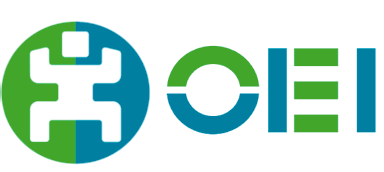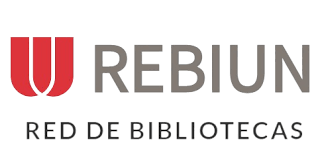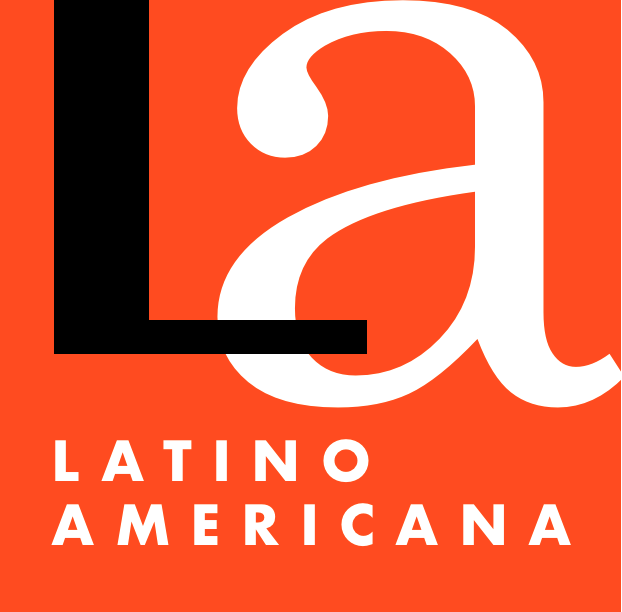De-privatising classrooms
Abstract
Thirty years ago, Professors Ann Lieberman and Lynee Miller (1984), in an influential book entitled ‘Teachers, Their World and Their Work’, left us with a sentence that still shakes us today for its timeliness and veracity::
“With so many people engaged in a mission shared by so many, in such a compact space and time, it is perhaps one of the greatest ironies - and one of the great tragedies of teaching - that so much work takes place in professionally consecrated isolation" (Lieberman y Miller, 1984:11)
It is paradoxical that a professional activity based on teacher-student interaction and where teamwork among teachers is one of the most repeated ideas, is an eminently solitary task for a large part of teachers. Beyond words and good intentions, the reality is that educational action takes place in a small space with a closed door and where a lone teacher faces the complex task of educating.
We would not be far wrong if we were to state that there are three terms that are the focus of this decade's literature on school change and improvement: Learning, Collaboration and Support (Murillo, 2011; Krichesky and Murillo, 2011). Three aspects that in turn, not by mere coincidence, are recurrently cited by researchers in the field of educational inclusion as key conditions for moving towards more inclusive and equitable schools.
Downloads
Published
How to Cite
Issue
Section
License
Copyright (c) 2014 Revista Latinoamericana de Educación Inclusiva

This work is licensed under a Creative Commons Attribution 4.0 International License.
Creative Commons Reconocimiento (by)
Esta licencia permite la explotación de la obra, así como la creación de obras derivadas, la distribución de las cuales también está permitida con la condición de que se haga referencia expresa al autor/a, es decir, que aparezca su nombre en cualquier uso o acto de explotación que se haga de la obra.












